Once upon a time, Madness gave birth to twins: Hate and Love. While Hate fell for War, Love fell for — Story. Today’s article is not going to be about love stories, but something close enough; the symbol of love.
The heart has always been to love what a spider is to Spiderman. However, should it really be this way? Is the heart the real symbol of love? If not, what is?
In our attempt to adopt a rational approach to answering all these questions, we are going to avoid relying on any historical associations between love and the heart. We are also going to provide alternative symbols should we prove that the heart, after all, is not a worthy representative of one of the most powerful human emotions.
Let us have some hearty time!
So relevant — so irrelevant
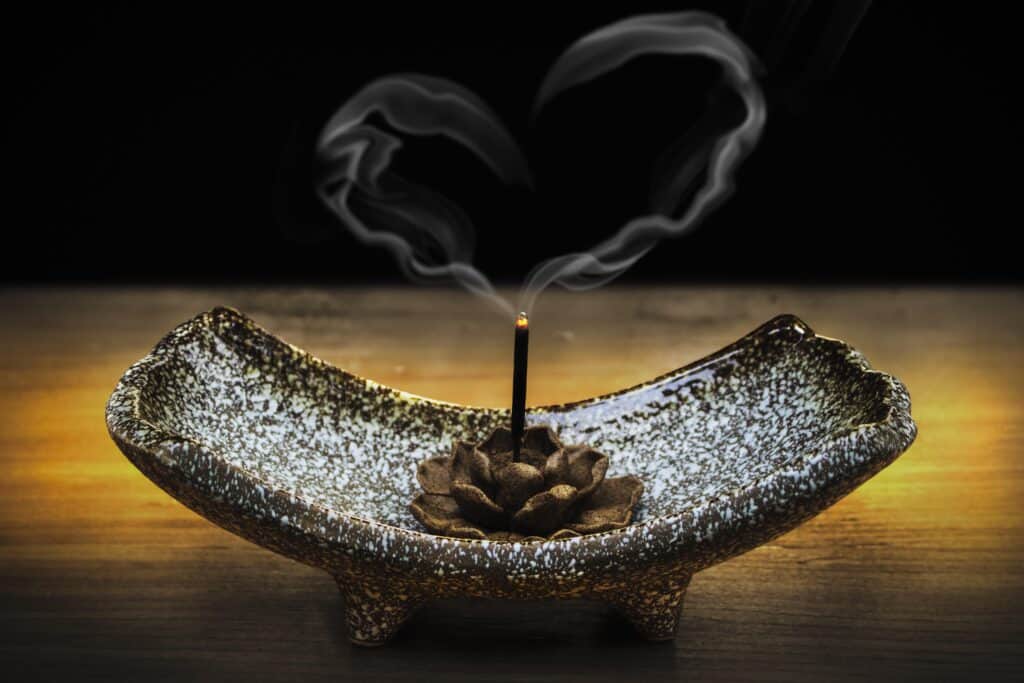
According to VPR.org, ”People might partly associate the heart with strong emotions like love because when we get excited to see someone, our heart sometimes beats faster, and we notice our heartbeat.” However, the heart also beats faster when we feel anger, fear, or anxiety. By this logic, the heart must be the symbol of any feeling that accelerates it. For this reason, heartrate; and the heart by extension, cannot be symbols of love.
What is the point of having a symbol of something when it is a symbol of everything?
If we are really keen on finding the symbol of love, we must find something unique to or at least associated with it.
This is what we are going to do in the next section.
How can we find the symbol of love?
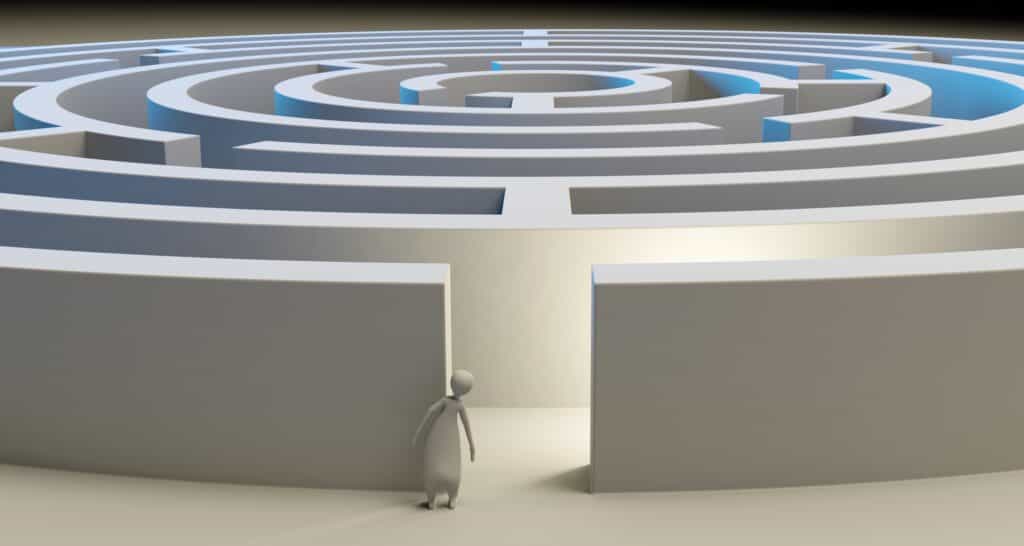
Logically, the symbol of love should comprise only what is unique to it.
In the simplest terms, love can be divided into action and expectation. The first part concerns the physical manifestation of love while the second the social expectations associated with it.
Please do bear in mind that we are going to proceed on the basis that love means romantic love.
The physical manifestation of love
Love is done.
It is an action, and that is why society came with a phrase for it (make love).
The factory where it is made is the bed, the workers the lovers, the product the babies and the profit is a lifetime of headache.
Sex is a cornerstone of love. Without it, we would be talking about platonic love. As we already agreed on, we are here to discuss the most common conception of love, not its other variants.
Since love making cannot be done without genitalia, genitalia must be part of the symbol of love.
This is the first piece of the puzzle.
The social expectations associated with love
Love comes with expectations in terms of:
- Psychological traits
- Length
- Outcome
Since (most of) these expectations are part and parcel of the popular concept of love, they must be taken into consideration when designing its symbol.
Psychological traits
When we love someone, we are expected to be:
- Caring
- Loyal
- Supportive
- Generous
- Warm
- Protective
The list is as limitless as love — which is why it is problematic for us.
To choose or find a common ground?
Finding a symbol for each psychological trait associated with love is doable, but hardly practical for a minimalist approach to design. After all, too many symbols for something makes it a symbol of everything, which is everything a symbol of something is not.
This ties our hands to two options: either discard all traits in favour of one, or find something that can represent all of them. If we choose the first, we will be assuming that the chosen trait is more important to love than the rest. This is obviously false. If love was only one trait, this article would not have given us so much — heartache. Love is a concoction of traits, and that is why it is magical. If we choose the second, we will avoid denying the existence of all traits while still retaining as reasonable a representative as a minimalist design can allow.
The second option is obviously more rational, but then emerges another big question: apart from their shared association with love, what do all these psychological traits have in common? What could actually represent them all?
The only answer I can come up with is that they are all good traits. They are all positive traits. However, being intelligent and meticulous are also good traits, but they are unrelated to the traits we are expected to exhibit in loving someone.
Moral goodness is the answer
What could be closer to the truth is that the expected traits are all morally good. Moral goodness is what all the traits associated with love have in common. It is is the perfect representative — and the second piece of the puzzle.
What should be the symbol of moral goodness?
We can either create our own symbol or borrow one from fellow humans. Since we want our symbol to be as universal as possible, we will choose the second option, though we will technically be choosing both because there is no symbol for moral goodness. The only symbol I can think of that comes near it is the angel.
The angel has a universal appeal. It signifies ”good” in Judaism, Christianity, Islam, Zoroastrianism and Hinduism. These are the most widespread religions in the world, and since 85 percent of the world is religiously affiliated, we have come pretty close to universality.
Since the wings are the most common striking feature among angels across the above religions, they are going to be the perfect representative of the psychological traits associated with love.
We have just got our hands on the second piece of the puzzle.
Length
People expect love to last forever. Whether this materialises — less often than not — is none of our concern today. Since forever is infinite, the symbol of foreverness must be the symbol of infinity.
The lemniscate is the universal symbol of infinity, and so we cannot go wrong with considering it the third piece of the puzzle.
Outcome
Love is union.
To this day, society expects this union to result in offspring. The tradition of having children therefore remains strong among most lovebirds around the world. I cannot think of a better offspring symbol than the embryo; it represents both sexes and is consistent with the fact that humans are mammals. However, the embryo must look human since all mammal embryos look the same in the early stages of development.
Obviously, If we do not plan to have offspring with our romantic partners or have not talked about it yet, we should not include the embryo symbol.
Now that we got the final piece of the puzzle, let us see how the real symbol of love looks like!
N.B. I drew the symbol with my own hands on my E-Ink tablet and added a halo for aesthetic reasons (feathery wings looked awkward, so I dropped the feathers for a halo to keep it angelic!)
We are also going to have a breakdown of the symbol and show a few of its variants.
The result: the real symbol of love
The minimalist version
Version without a halo
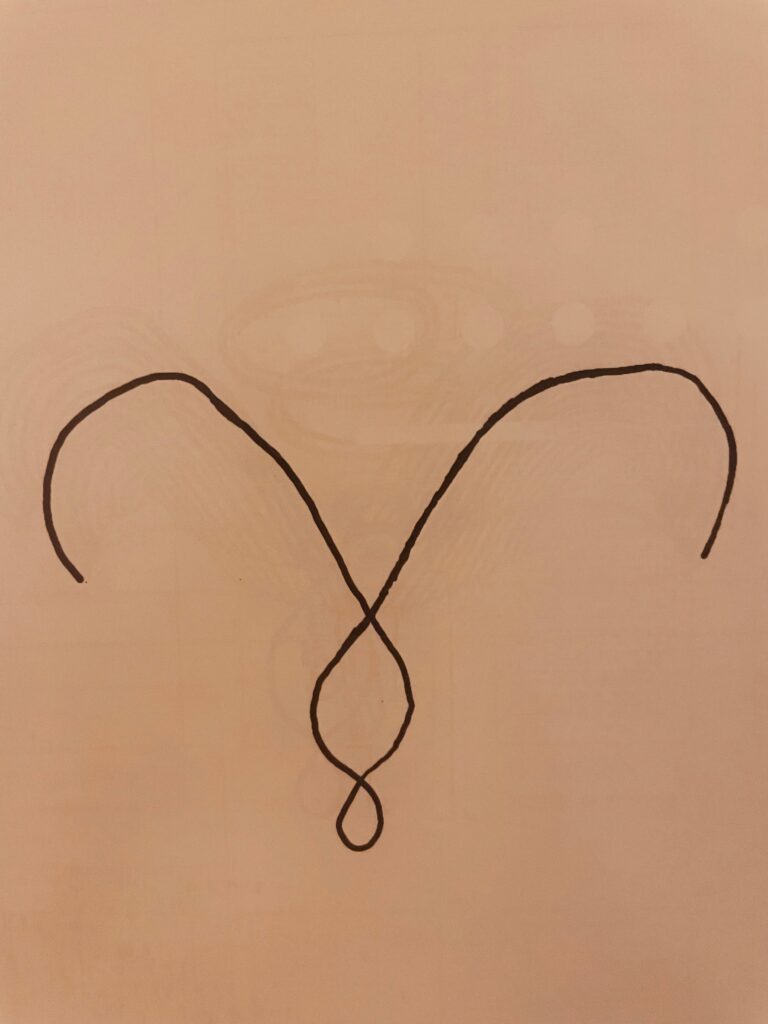
Version with a halo (best)
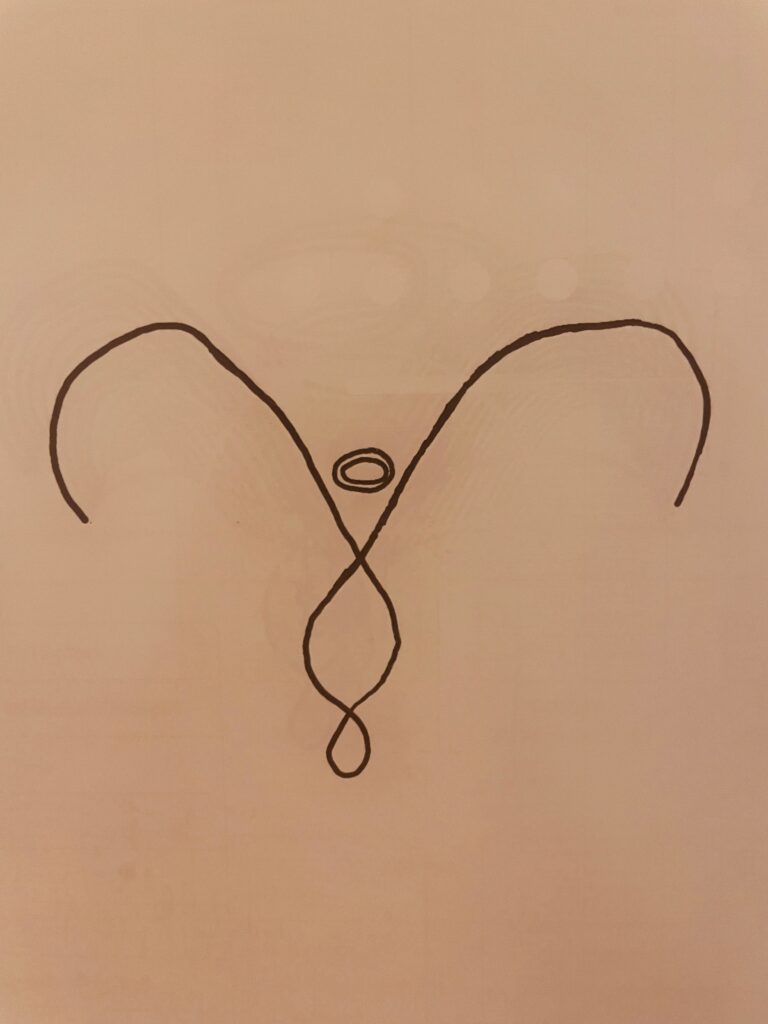
Offspring version (best)
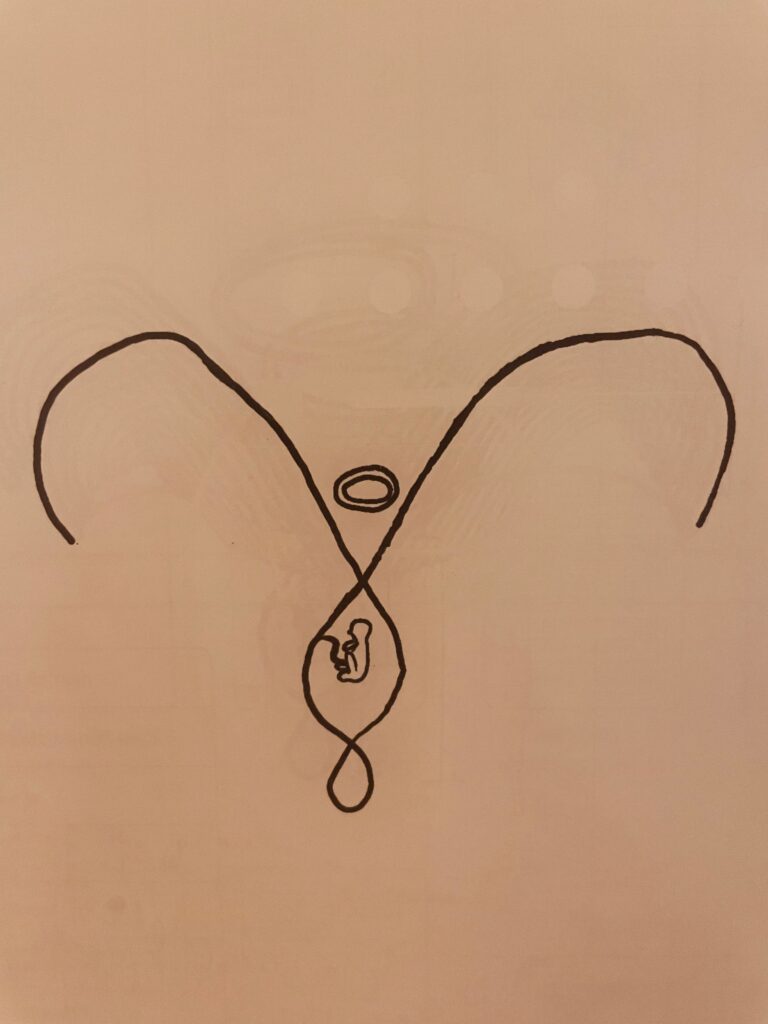
Symbol breakdown
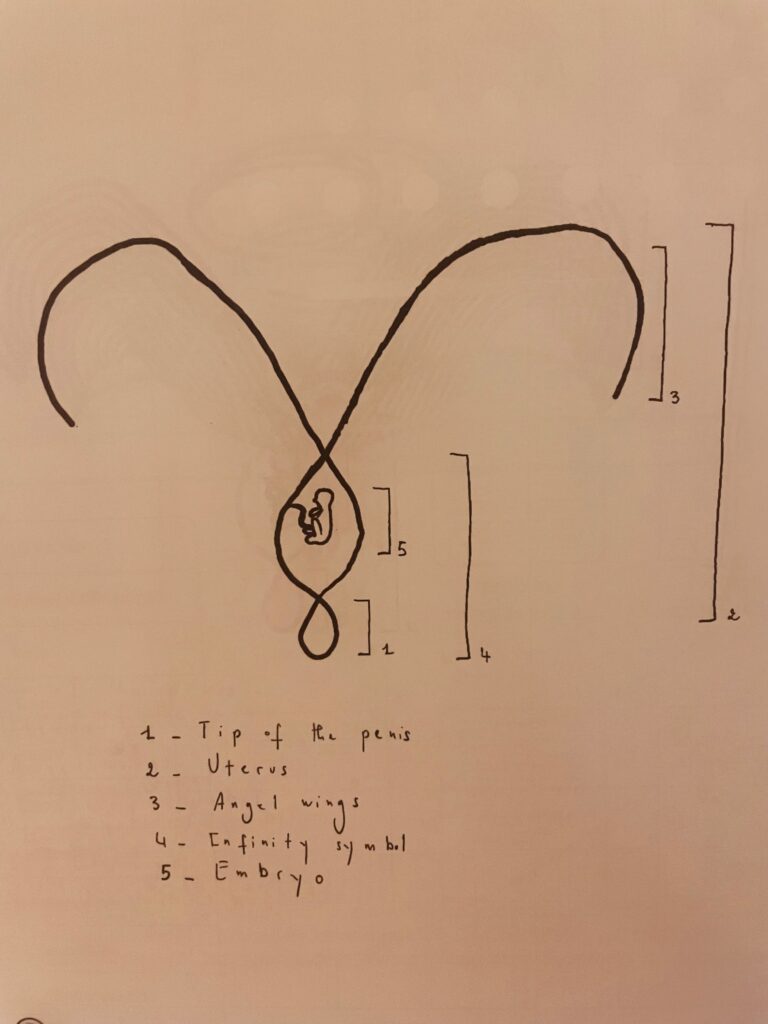
N.B. I forgot to add the halo on top. Consider it there.
For those who might not know, the circle in the previous pictures is called a ”halo”. It symbolises angels and moral goodness.
For those who cannot understand my handwriting:
- Tip of the penis
- Uterus
- Angel wings
- Infinity symbol
- Embryo
- Halo (missing at the top)
Variants of the love symbol
Wings 1
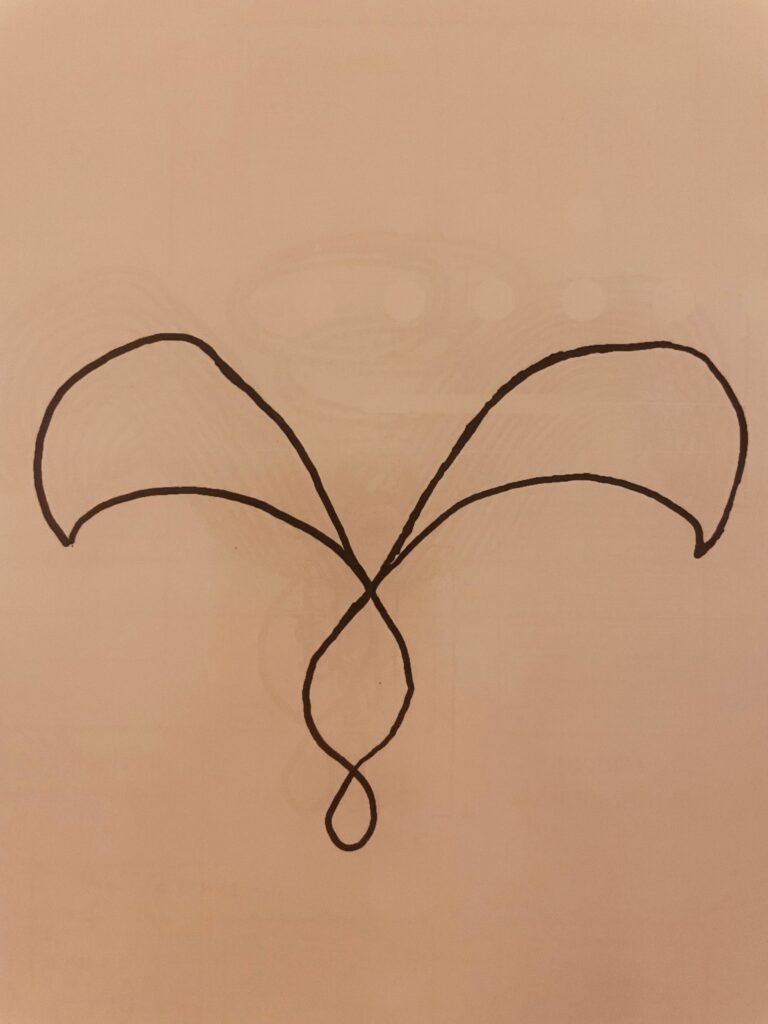
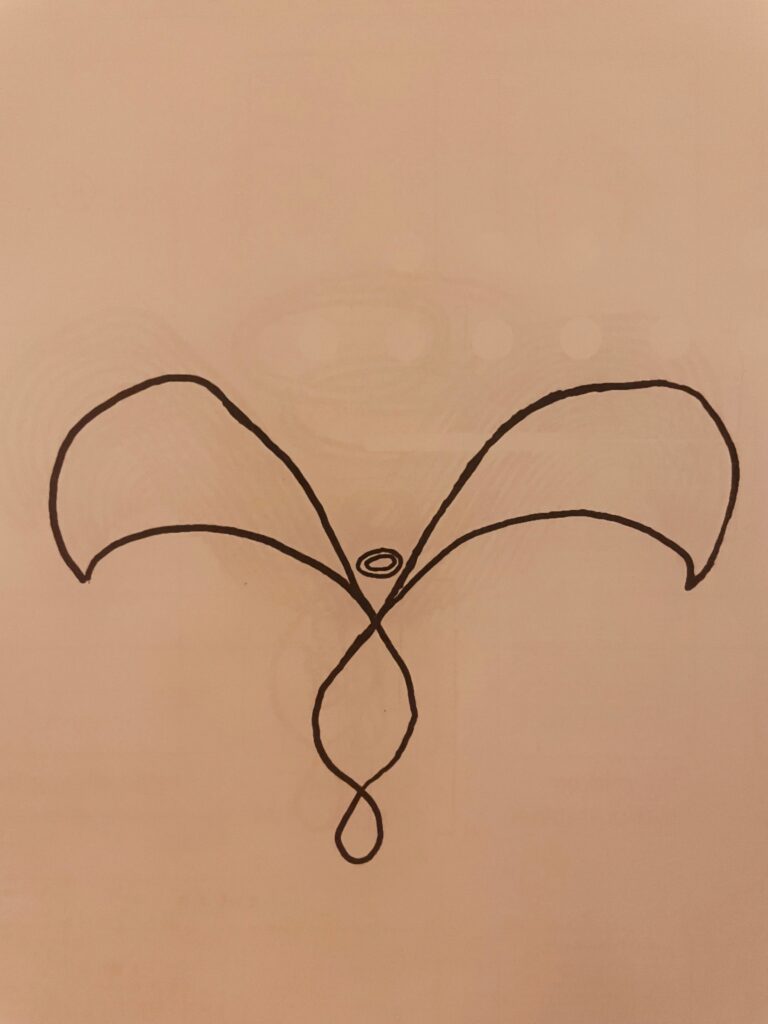
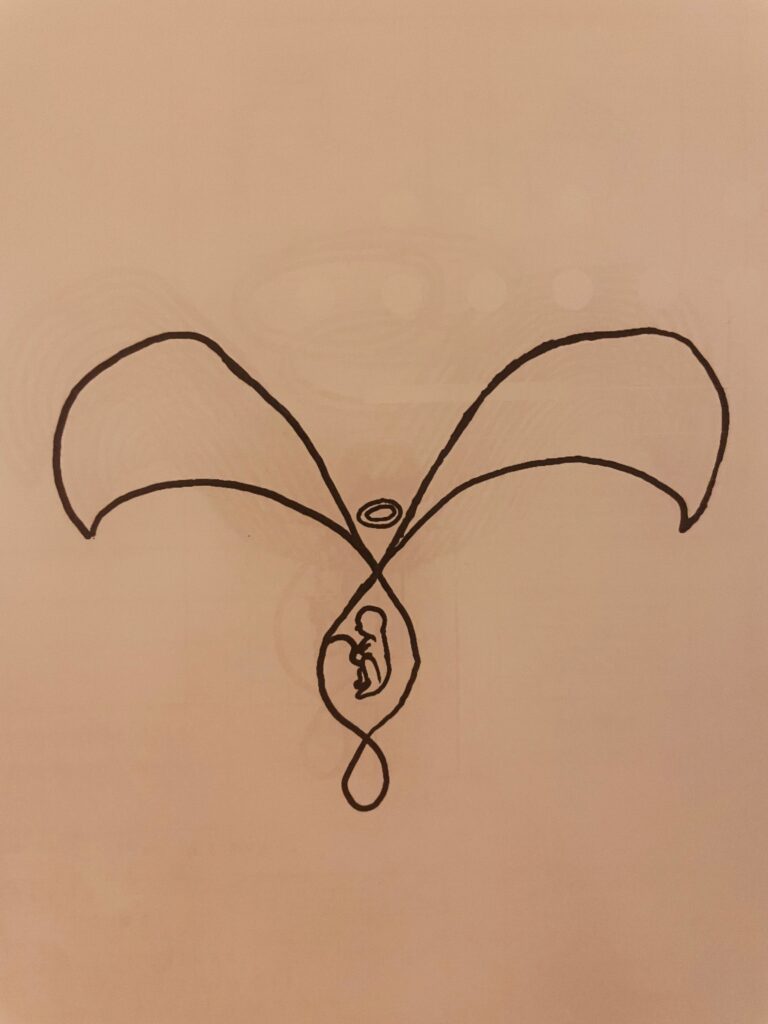
Wings 2 (the feathery ones)
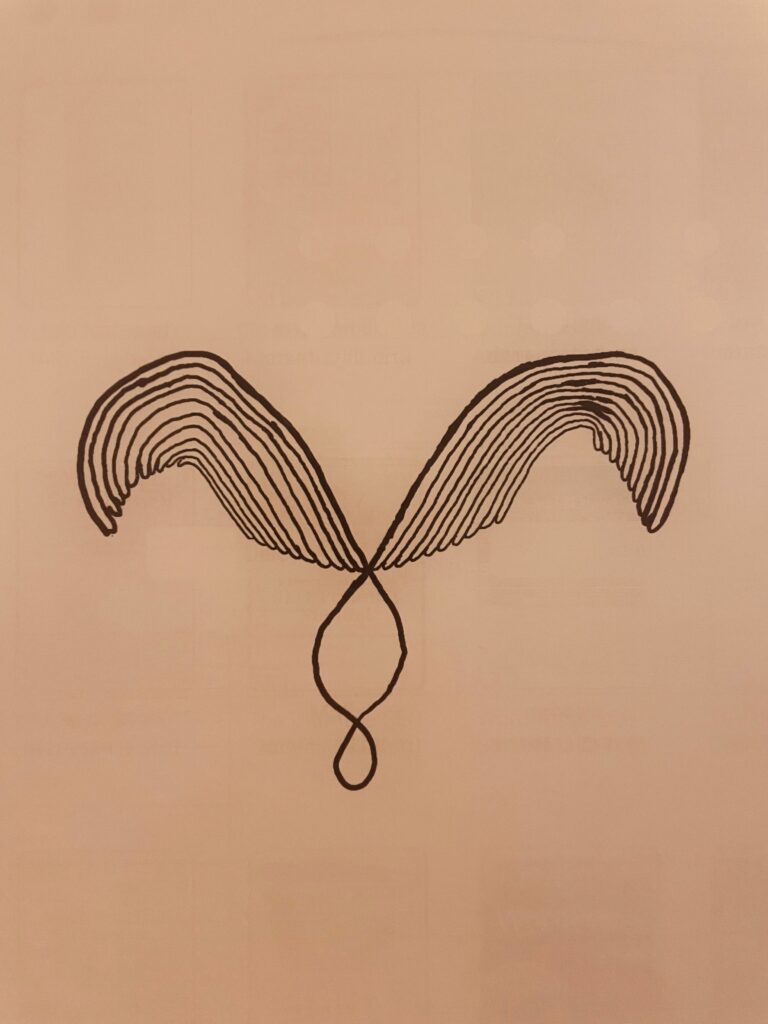
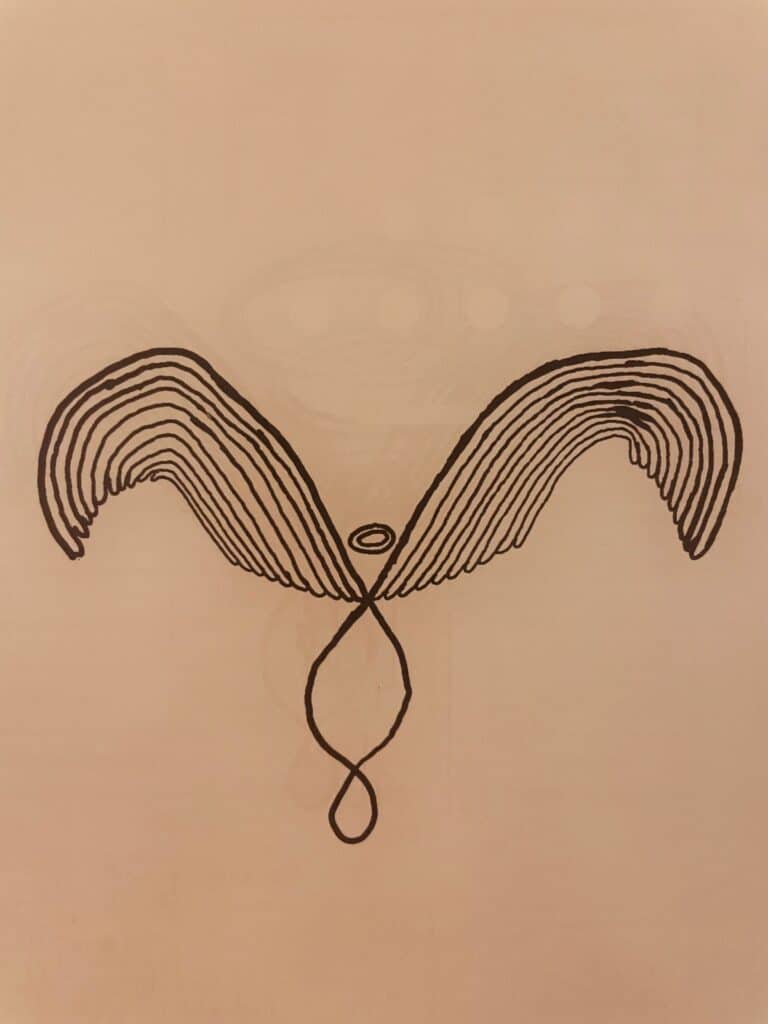
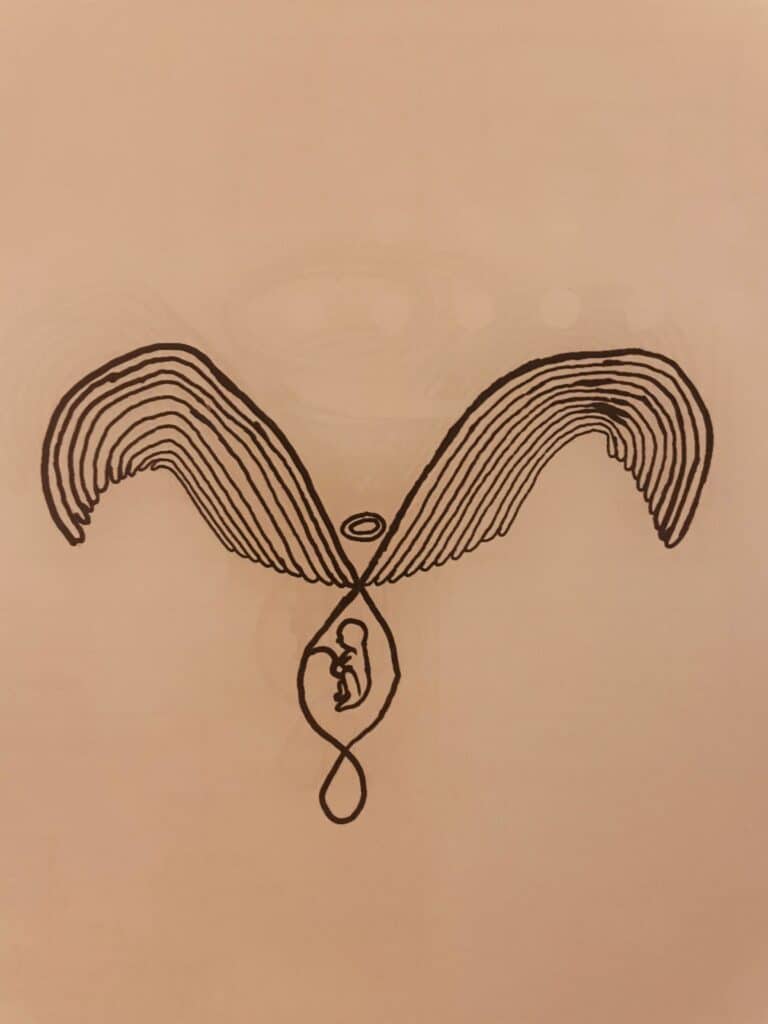
Final word on the symbol of love
In this article, we learnt that:
- My drawing skills should earn me a Guiness World Record for disaster.
- The heart should not be the symbol of love.
- The real symbol of love definitely looks interesting!
Please do share what you think of the love symbol in the comment section. Share the symbol with your friends and tell us what they think! Did the love symbol turn out as you expected? Are there any other variants you could come up with?
Thanks for reading!
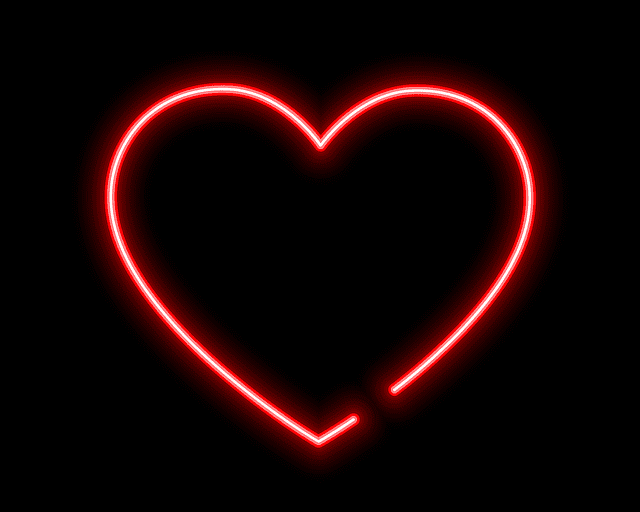
It is definitely an interesting concept, sir. I think the first drawing has the potential to become a new symbol of love. However, it kind of looks like an unfinished heart which is ironic! Maybe a hearth with an infinity and halo sign inside will do? Anyway, good job!